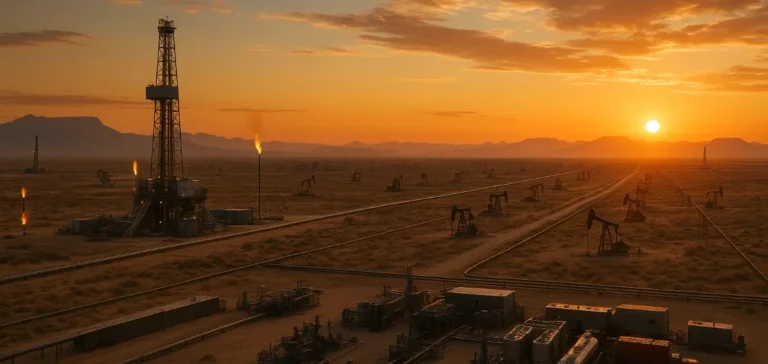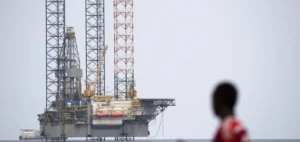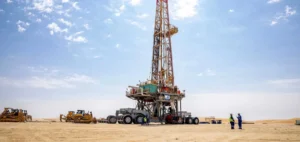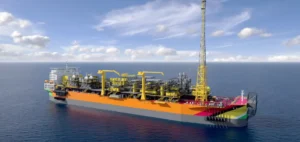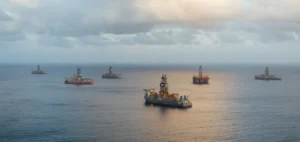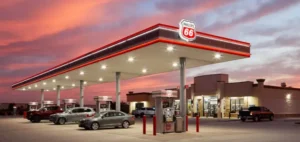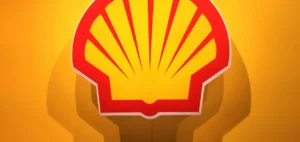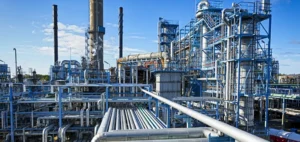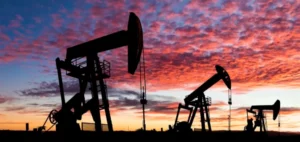According to the latest report from the United States Geological Survey (USGS), U.S. federal lands contain approximately 29 billion barrels of technically recoverable, yet undiscovered oil, along with nearly 391.5 trillion cubic feet (Tcf) of natural gas. These new figures, published on June 18, 2025, represent a significant increase compared to previous estimates from 1998, which had identified only 7.86 billion barrels of oil and 201.1 Tcf of natural gas. The USGS attributes this substantial rise to technological advancements achieved over recent decades, particularly in extracting unconventional hydrocarbons. Among these are shale oil, tight oil, tight gas, and coalbed methane gas, none of which were considered in prior assessments.
Regional Distribution of Resources
The report highlights an uneven geographical distribution of oil resources. Alaska alone holds 14 billion barrels, nearly half the total national estimate. New Mexico, primarily via the Permian Basin, contains approximately 8.9 billion barrels, while Nevada accounts for about 1 billion barrels. Significant volumes also exist in Wyoming (988 million barrels), Texas (916 million), Utah (771 million), and North Dakota (512 million).
Regarding natural gas, Alaska and the Permian Basin also stand out as the two primary regions. Alaska alone contains an estimated 111 Tcf of undiscovered natural gas, while the Permian Basin holds 58.5 Tcf. Colorado and Wyoming each hold substantial resources as well, with 60 Tcf and 57 Tcf respectively, mainly concentrated in tight gas formations. The Uinta-Piceance Basin, located between northeastern Utah and northwestern Colorado, also contains a noteworthy 55 Tcf, followed by the San Juan Basin with 29 Tcf.
Technological Advances Since the Shale Revolution
The major change since 1998 largely stems from the shale revolution that began in the early 2000s. Advances in horizontal drilling and hydraulic fracturing techniques significantly enhanced operators’ capabilities to identify and exploit previously inaccessible resources. Alicia Lindauer, coordinator of the Energy Resources Program at USGS, notes these resources, if developed, could cover U.S. oil needs for four years and natural gas needs for twelve years at current consumption rates. This development clearly underscores the evolution of the American energy sector, both technologically and economically.


